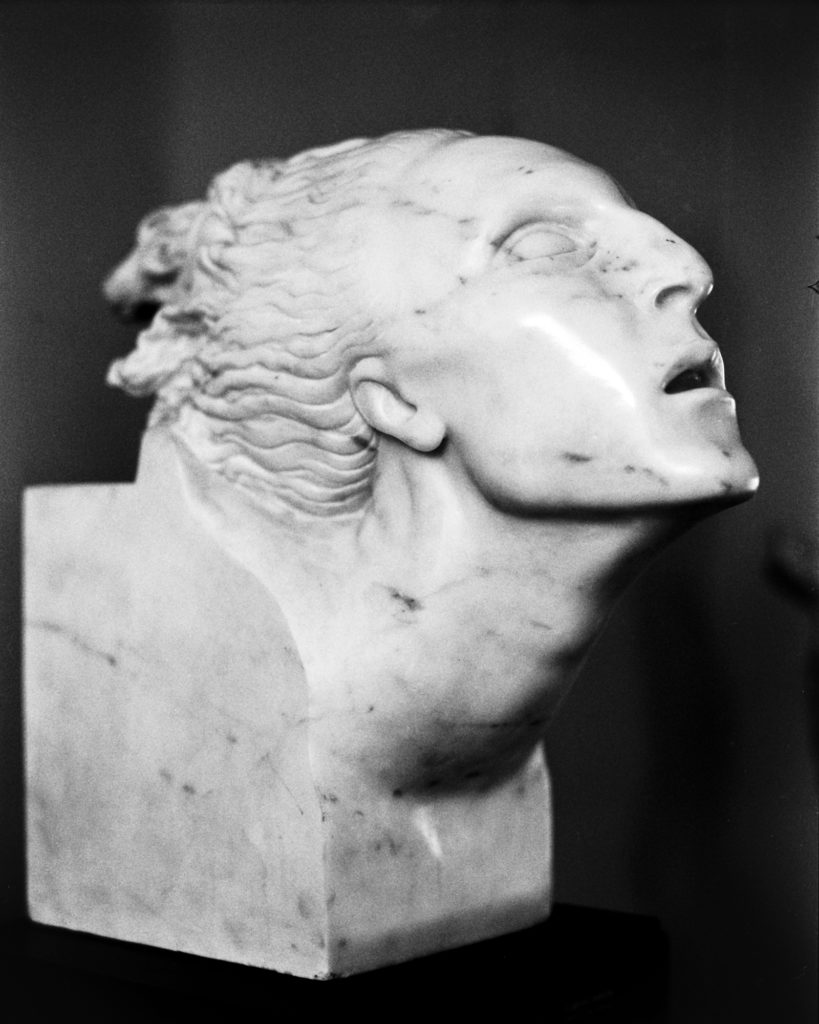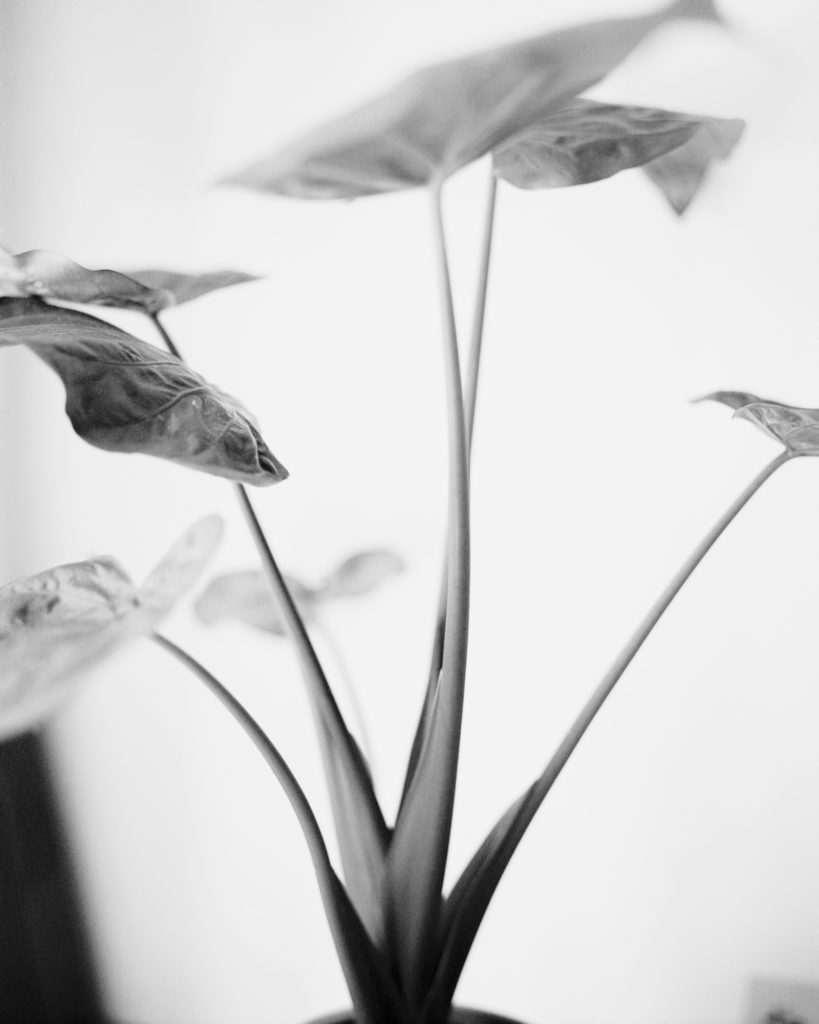Recent studies published by the Cognitive Brain Research have shown, using instruments that measure dream activity, that blind people since birth dream in images. Several hypotheses suggest that these representations are a result of the collaboration between the activity of the visual cortex and the activity of other sensory organs, however it isn’t excluded that the human being has an innate visual memory, parallel and pre-existing to that which develops through the retinal system. Some images seem to be independent from the visual apparatus and even though they appear in dreams, it is still possible to see them. With which eye do we perceive them? The Missing Eye is a research that turns the photographic device to visual projections that aren’t deduced from our immediate experience of reality but are the result of the combination of different cognitive paths in which all senses participate in sight.
In the world history of photography, we have seen several photographers working as a collaborative duo which offers admirable work. Could you tell us a few words about how you decided to work together?
We both studied Photography of Cultural Heritage at the ISIA in Urbino, where we met and where we had the opportunity to share everything from photographs to books, to meet authors and to attend exhibitions. We often spent days out photographing. At that point it was quite natural to try to put together some photographic material, work on editing and develop a research project.
The subject matter of your series is related with scientific studies and seems both complicated and intriguing. How would you describe the core concern at the heart of the project?
The research phase lasted a few years and included the study of several scholars (including Georges Didi-Huberman, Rosalind Krauss, George Bataille, Roger Caillois etc). Our concern was to be able to confine the research to what interested us most, without having to use too many concepts or mince words. The scientific part is essential to rely completely on the heart of the work: there are images that are independent from our visual system, with which eye do we perceive them?
Why did you choose black & white medium for The Missing Eye?
For this work we have chosen to use images that are seemingly everyday and yet alienating. The black and white dwells on the structure, texture and tactile quality of the light, all essential details that emphasize a type of image that is not purely retinal.
Could you tell us more about the sequencing/editing stage of the photographs of this series which manages to stay open to interpretations?
We worked on the sequence, together with Tommaso (Witty Books), proceeding in blocks, trying to spread the images in a balanced way. There is no narration, which is why we wanted to interrupt as much as possible the sense of reading from left to right typical of books, as well as the division into chapters and the number of pages. The aim of all the editing is to bring back an undefined context, sometimes familiar but never fully describable despite being composed mostly of details.
Could you share some thoughts on the decisions you made with the Witty Books publishing house for the book designing, binding, paper?
We developed the design of the book with Giovanni Murolo, submitting the final result to Tommaso’s eyes every time. The initial idea was completely different, we wanted a spiral binding and a typographic cover without images. At each step towards publication, something changed, at a certain point the book that was taking shape was far from the first choices. We arrived at the cover excluding the most obvious images, the choice of paper helped us to give compactness and volume to the book and all the graphics are designed to be direct and essential.
How did you decide the perfect timing to put down the camera and publish the work?
Many of the photographs were taken several years ago, starting more or less in 2016. Having had such a long editing process gave us the opportunity to work with so many images and to refine the choice more and more.The first edit with Tommaso, with the photos all over the floor in his gallery (Jest, Turin) gave us the definitive confirmation, it was time to remove more than to add.

















